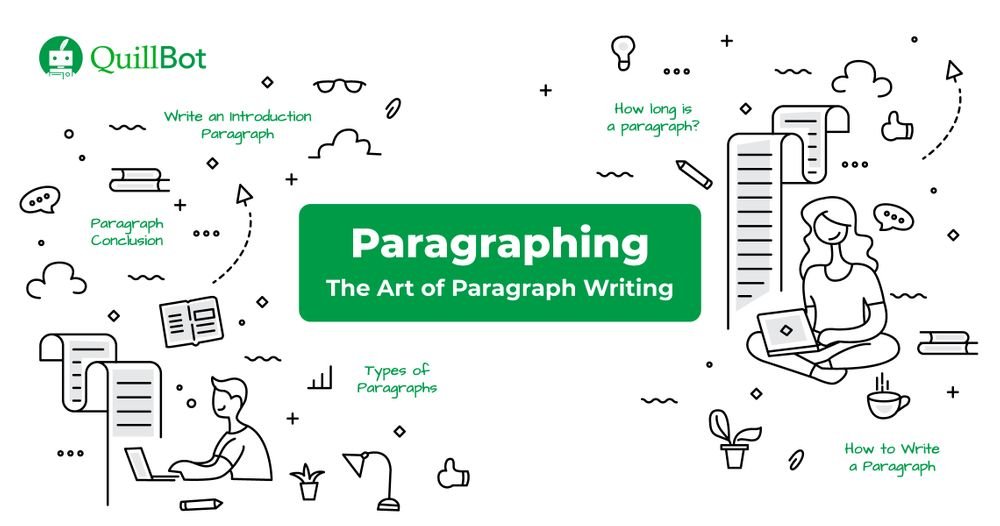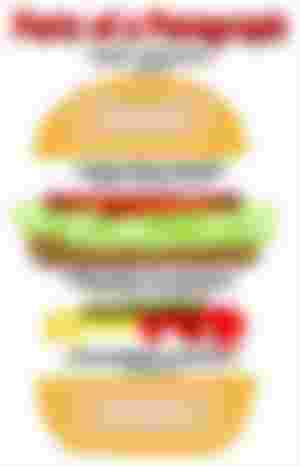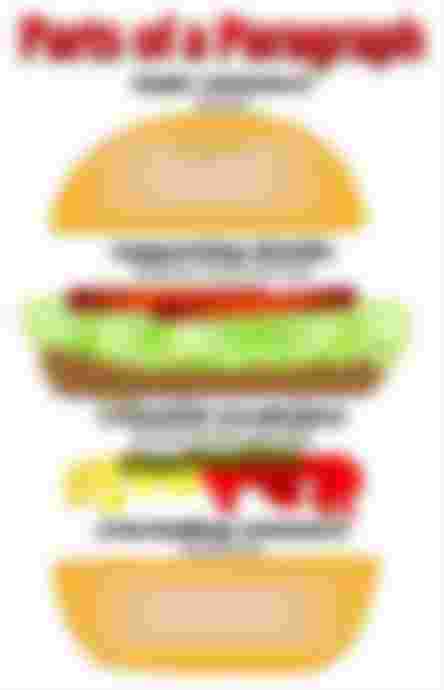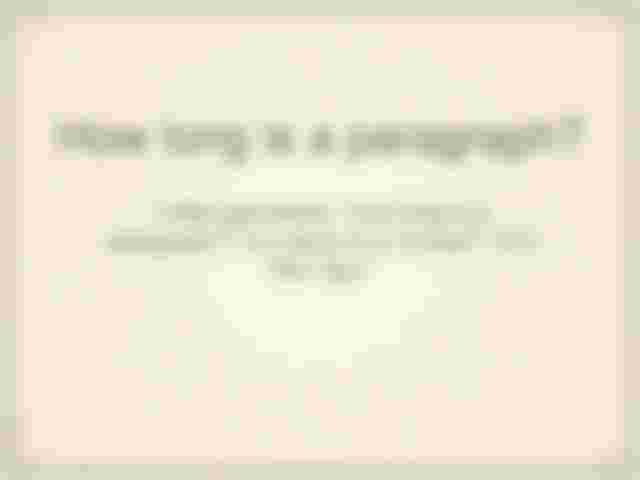Paragraphing, paragraph writing.

Structure, style, transitions, and content are all important considerations when composing a paragraph. Every aspect of paraphrase is covered in this section.
In this article
Paragraph Writing
How to Write a Paragraph
How Long is a Paragraph?
Types of Paragraphs
How to Write an Introduction Paragraph
How to Write a Body Paragraph
How to Write a Conclusion Paragraph
Paragraph Transitions
Don’t roll your eyes. Writing a paragraph, or paragraphing, as it is apparently referred to, is not as straightforward as it appears. Yes, there is a beginning, a middle, and an end; that is straightforward. To get down to business, we'll talk about paragraph sentences, transitions, and different types of documents.
Paragraph Writing
It is necessary to indent or line break the beginning and end of each paragraph because it is a section of text that is dedicated to a single theme. Typically, paragraphs are comprised of at least one sentence and are one component of a larger whole. There are several different types of paragraphs that can be written, and we'll go over them in detail later. Just remember that paragraphing is the term used to describe the process of writing a paragraph, regardless of the type of paragraph you are writing.
The section above (which begins with "A paragraph" and ends with "...called paragraphing") is a complete paragraph in and of itself. Congratulations, you've just completed your first lesson in paragraph writing skills.
How to Write a Paragraph

Take a look at the structure of paragraphs. Generally speaking, a basic paragraph consists of five sentences: one topic sentence, three supporting sentences, and one concluding statement. This paragraph's topic sentence introduces the main idea that will be discussed in this paragraph; the supporting sentences dissect and support the main idea, sometimes using statistics or hard evidence; and the concluding sentence answers the question, "So what?"
How Long is a Paragraph?

You haven't gotten off the hook yet. We have just discussed the structure of a basic paragraph, which consists of three different types of sentence structures. There will be exceptions to this rule, and many paragraphs will employ a variety of sentence types in addition to the standard 5.
If that's true, you might be wondering how many sentences are contained within a paragraph. It all depends on the situation. A paragraph can be as short as one sentence or as long as more than seven sentences, according to technical standards. Some people believe that the length of a paragraph should be determined by the ideas it contains rather than the length of its sentences, but a good general rule of thumb is to keep paragraphs between 3 and 5 sentences in length. This ensures that you are concise while still providing thorough coverage of your subject matter.
Because there are no hard-and-fast rules about how long a paragraph should be, it is ultimately up to you, the writer, to decide how long your paragraph should be. The number of sentences in a paragraph should be determined by how effectively you convey information, and the number of sentences will vary from paragraph to paragraph. Don't be concerned about it!
Types of Paragraphs
The different types of paragraphs that exist are very similar to the different types of sentences that we just talked about in class. In an essay, there are three main parts: the introduction paragraph, which establishes the argument or main idea of the piece; the body paragraphs, which serve a similar function as support paragraphs in that they explain the main idea and contain most or all of the body of the piece; and the concluding paragraph, which summarizes the main points of the essay, offers a solution to the problem presented, or concludes an argumentative position.
How to Write an Introduction Paragraph
Introduction paragraphs, for whatever reason, tend to cause a great deal of unnecessary stress to those who write them. The blank page can be intimidating, so let's take it step-by-step to make it less intimidating.
Begin with a compelling hook. A hook is a statement that draws the reader's attention and connects it to the main topic of the text. A good hook will captivate the reader's attention and they will be unable to take their eyes off of it.
As an illustration, dogs should be permitted to eat homework.
2. Write two or three sentences that will introduce your reader to the main idea that you are attempting to convey through your writing.
For example, the method by which we monitor our canines' consumption of paper products is restrictive to both the pets and their caregivers. Given that most people dislike doing homework, it is not a problem to allow dogs to chew on some of the assignments they must complete at home.
3. End with a thesis statement that you have developed. Your thesis statement serves as the foundation for the entire essay, so it must be precise. Assert a position on your topic and back it up with at least three ideas that will serve as the main arguing points in your article.
Take the following scenario as an example: If we encouraged dogs to eat homework, children would be happier, teachers would not have to grade papers, and the dogs would receive treats in return.
How to Write a Body Paragraph
The body paragraphs of your essay are the most fundamental paragraphs in your essay in terms of sentence structure. It is possible to fairly closely follow the basic paragraph structure of a topic sentence, two or three supporting sentences and a concluding sentence when writing a body paragraph. If your thesis has three supporting points, you should have three body paragraphs, one for each of the supporting points.
How to Write a Conclusion Paragraph
Conclusion paragraphs can be organized in a manner that is diametrically opposed to that of the introduction paragraphs. It is possible to reword your initial ideas to make them more appropriate for a conclusion by using a paraphrasing tool.
Rewrite the hook so that it becomes a topic sentence. This will bring the reader back to the beginning of the text and assist them in comprehending how everything in the essay is connected with one another.
As an illustration, we should not prohibit dogs from eating our homework.
2. Provide a succinct summary of the points you made in your paper. There is a good chance that these will correspond to the three points you made in your thesis statement.
As an illustration, when the amount of homework assigned to children is reduced, the rate of childhood happiness increases. Teacher stress levels are reduced as well when they are not required to bring work home from the classroom. Our four-legged friends will undoubtedly appreciate the paper snacks that we provide for their consumption.
Finalize your speech with a strong closing sentence. Make use of strong language, appeal to the emotions, and leave a lasting impression.
For example, if we allowed our dogs to eat our homework, we could achieve world peace.
Paragraph Transitions
Because it makes the most sense to begin at the beginning of a paragraph, let's talk about transition words to use at the beginning of a paragraph. The transition words used in a paragraph will vary depending on the type of paragraph you are writing. Because an introduction paragraph is the first paragraph in a paper, it does not require a transition sentence at the beginning. Each subsequent paragraph, on the other hand, will have to begin with one. Typically, a transition word will be used at the beginning of a paragraph to indicate the introduction of a new concept.
Paragraph Transitions

Here are some transition words and phrases to start a paragraph:
First; second; third; etc
Additionally
Consequently
Furthermore
For example
As well as
The words that go between paragraphs are frequently tacked on at the conclusion of the paragraph before it. In this scenario, a transition word or phrase would appear in the introduction paragraph, but there would be none in the conclusion. A transition word between paragraphs will typically help to bring a specific notion to a close.
Here are some transition words and phrases for between paragraphs:
Again
Besides
Equally important
And then
Because
Since
Final Thoughts on Paragraphing
Paragraphing is a delicate art, we know. With a little time and patience, you'll soon be the pro you've always imagined yourself to be. Remember to start with a hook, make your transitions count, and end with a dramatic conclusion that leaves the reader contemplating life. Good luck with your paragraphing!
I hope you enjoy my effort.
Thanks



I am amazed the way you write and organized your thoughts and your writing, keep on writing